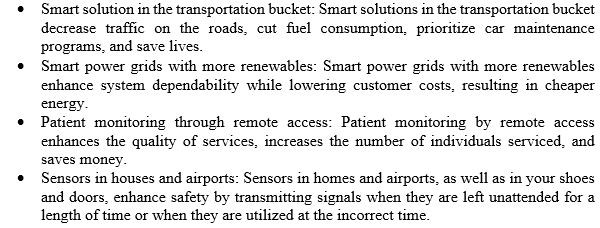We are inviting scholars from the field of Information Technology to submit their original Research Work. We accept papers from multiple disciplines like cyber security, IT networking, the Internet of things(IOT), CRM, Digital technologies.
Last Date 31st Decembaer 2024
To Submit your Research CLICK HERE







